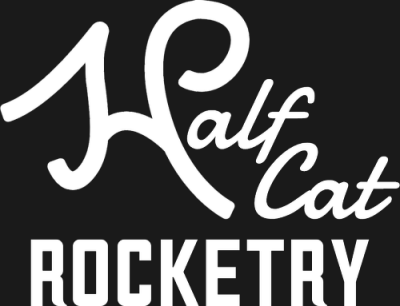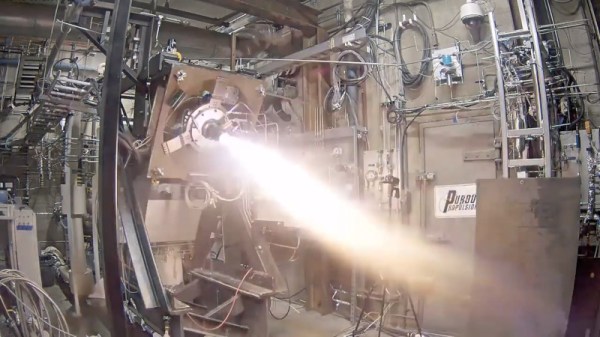Since the very beginning, solid-propellants have been the cornerstone of amateur rocketry. From the little Estes rocket picked up from the toy store, to vehicles like the University of Southern California’s Traveler IV that (probably) crossed the Kármán line in 2019, a rapidly burning chunk of solid propellant is responsible for pushing them skyward. That’s not to say that amateur rockets powered by liquid propellants are completely unheard of … it’s just that getting them right is so ridiculously difficult that comparatively few have been built.
 But thanks to [Half Cat Rocketry], we may start to see more hobbyists and students taking on the challenge. Their Mojave Sphinx liquid-fueled rocket is not only designed to be as easy and cheap to build as possible, but it’s been released as open source so that others can replicate it. All of the 2D and 3D CAD files have been made available under the GPLv3 license, and if you’re in the mood for a little light reading, there’s a nearly 370 page guidebook you can download that covers building and launching the rocket.
But thanks to [Half Cat Rocketry], we may start to see more hobbyists and students taking on the challenge. Their Mojave Sphinx liquid-fueled rocket is not only designed to be as easy and cheap to build as possible, but it’s been released as open source so that others can replicate it. All of the 2D and 3D CAD files have been made available under the GPLv3 license, and if you’re in the mood for a little light reading, there’s a nearly 370 page guidebook you can download that covers building and launching the rocket.
Now of course we’re still talking about literal rocket science here, so while we don’t doubt a sufficiently motivated individual could put one of these together on their own, you’ll probably want to gather up a couple friends and have a well-stocked makerspace to operate out of. All told, [Half Cat] estimates you should be able to build a Mojave Sphinx for less than $2,000 USD, but that assumes everything is done in-house and you don’t contract out any of the machining.
Continue reading “Open Source Liquid Rocket Reaches For The Sky”












